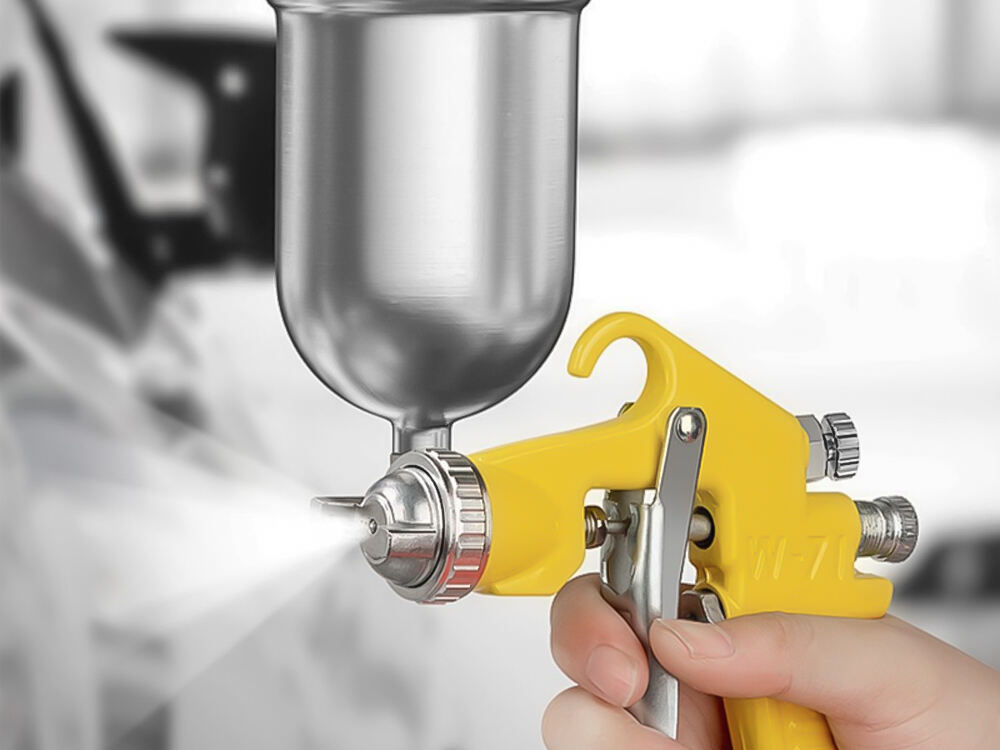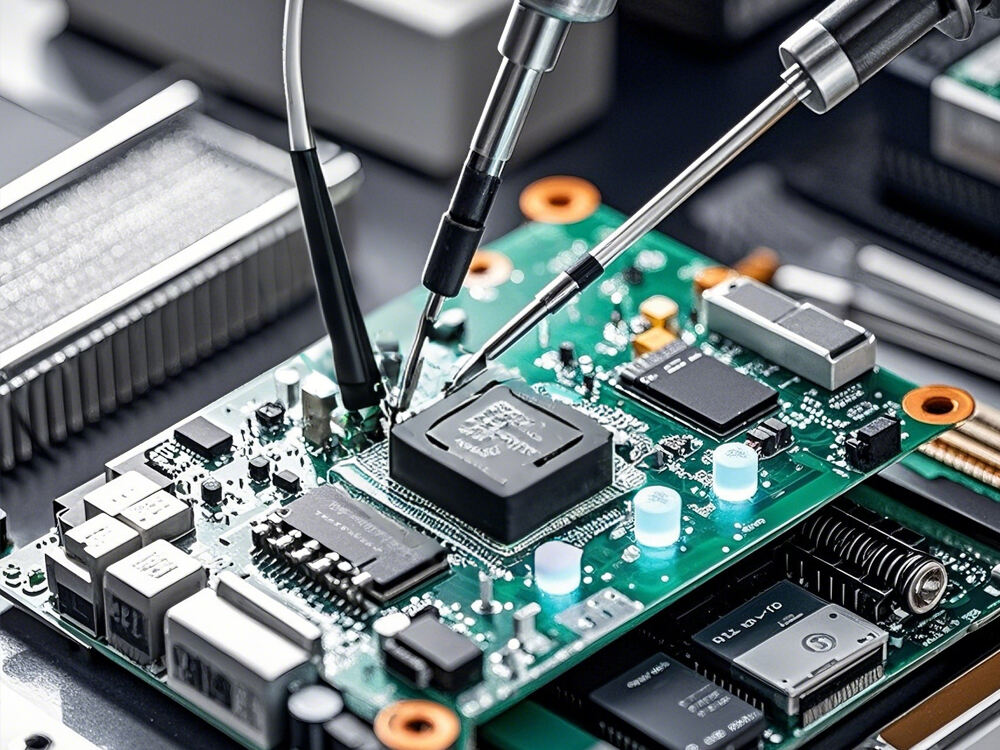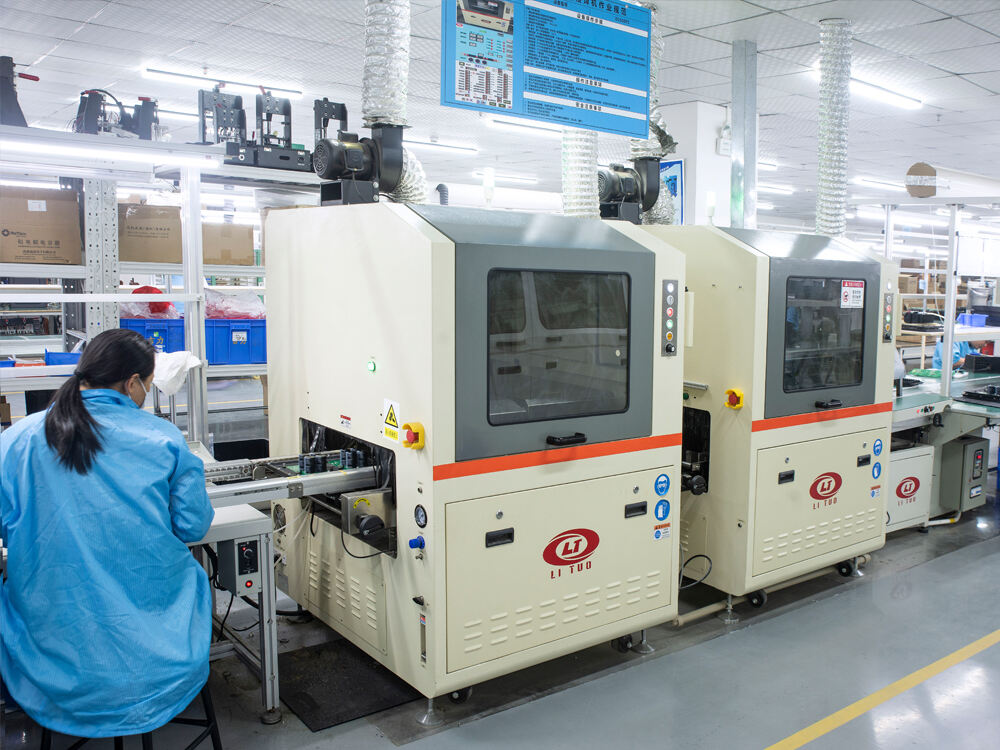一、lamp accessories classification and material selection
Structural fitting
Lamp holder (base) : metal (aluminum alloy, zinc alloy), plastic (ABS, PC), ceramic, stone, etc.
Lamp arm/bracket: metal (steel pipe, aluminum pipe), plastic, wood.
Lampshade: plastic, metal, glass, fabric, acrylic, paper, etc.
Functional accessory
Light source: LED lamp bead, bulb (E27/E14 interface).
Circuit components: wires, switches, dimmers, power adapters.
Connecting parts: screws, fasteners, shafts, springs, etc.
二、 the core production process
1. Metal accessories production (taking lamp holder/bracket as an example)
Process steps:
Mold design: According to the drawing design mold (die casting mold, stamping die).
Material cutting: Cutting sheet metal/pipe using laser cutting, CNC cutting or punching press.
Molding process:
Die casting: Molten metal injection mold, suitable for complex shapes (e.g. zinc alloy lamp holder).
Stamping: Sheet metal by die stamping forming, suitable for simple structure.
Pipe bending/bending: Use a pipe bending machine to shape the metal pipe (lamp arm).
Surface treatment:
Polishing/sandblasting: Remove burrs and improve surface finish.
Electroplating (chromium plating, nickel plating) or anodizing (aluminum) : rust resistant, beautiful.
Spray (spray paint, paint) : custom color.

2. Production of plastic accessories (taking lampshade/base as an example)
Process steps:
Injection molding:
Plastic particles melt after heating into the mold, cooling molding, suitable for mass production.
Material: ABS, PC, acrylic, etc.
3D printing: Small batches or complex structures can be photocured (SLA) or fused deposition (FDM) technology.
Surface treatment:
UV coating: anti-scratch, increase luster.
Screen/thermal transfer: pattern printing.
3. Lampshade production (different material processes)
Metal/Acrylic lamp shade:
Laser cutting → Bending → Welding/riveting → Surface treatment (e.g. wire drawing, spraying).
Cloth/paper lampshade:
Cut → Sew/glue → Frame fixing (metal or plastic frame).
Glass lamp shade:
Blowing (traditional process) or die pressing → annealing → edging polishing.
4. Circuit component assembly
Key steps:
Wire cutting: Cut and strip wire to length.
Welding: Connect the lamp holder, switch and dimmer module.
Insulation treatment: heat shrink tube or electrical tape wrapped solder joints.
Test: Use a multimeter to detect short circuit and open circuit.

5. Final assembly and test
Mechanical assembly:
Fasten the lamp holder, bracket, and lampshade by screws, snaps, or glue.
Install a light source (such as an LED module or bulb).
Functional test:
Switching sensitivity, dimming function, stability.
Safety test: insulation, temperature rise test (whether it is overheated for a long time).

三、 the key process technology
Mold accuracy: directly affect the size consistency of the parts (tolerance ±0.1mm).
Surface treatment: Determine the appearance of the texture and durability (such as electroplating to pass the salt spray test).
Automatic production: injection molding machine, mechanical arm assembly to improve efficiency.
Environmental requirements: RoHS certification (limit harmful substances), waste materials recycling.
四、 common problems and solutions
Metal burrs: Add deburring process (vibration grinding or manual grinding).
Plastic shrinkage: Optimize injection molding parameters (temperature, pressure, cooling time).
Circuit short circuit: strictly detect the insulation layer and welding points.

五、Development Trend
Lightweight design: aluminum alloy or carbon fiber composite material.
Intelligent integration: Add wireless control (Wi-Fi/ Bluetooth), touch sensing.
Environmentally friendly materials: biodegradable plastics, bamboo and wood instead of traditional plastics.